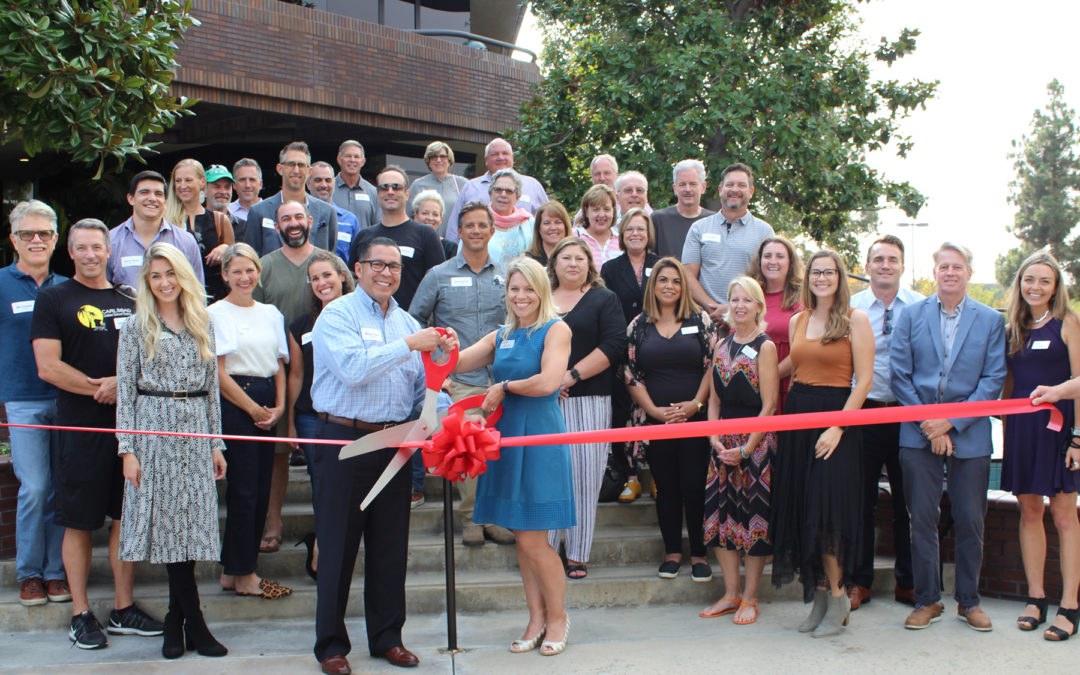By Tora Bueno, Parent in Carlsbad Unified School District
School closures and social distancing during the Covid-19 pandemic put a spotlight on the importance of having a practice to deal with life’s inevitable transitions. People of all ages suffered from abrupt lifestyle changes, but children especially were subject to a loss of freedom and peer support. To help children’s social and emotional growth, it’s helpful to learn how to develop resiliency.
In a panel discussion with experts in the medical and educational fields, panelists introduced resources for parents to support students’ social-emotional needs. The panel consisted of educator Carol Van Vooren, doctor and former CUSD student Alison Estrada, school social worker, educator, and mother of five Jenée Peevy, and Scott Schimmel, CEO of YouSchool and father of three.
Whilst acknowledging that every child is an individual and there is no one way to address social and emotional needs, panelists took the concept of resilience and asked “how can we not just bounce back from adversity but actually grow from it?”
Become Resilient Amidst Adversity
Step 1: Grieve the Loss
First, make space to acknowledge, assess and grieve a situation before moving on to “what’s next”. Then, by rallying internal and external resources, asking for help and following through on our needs we can help children to grow from the weight of stress rather than buckle under it.
Step 2: Model Right Action
Next, we need to know what we are dealing with. How can we learn more about what our children are feeling and experiencing? The panel agreed that modeling is the first step. In order to help our children, we have to start with ourselves. By modeling good self-care and asking for help ourselves we show our children how to reflect on their own inner lives and how to care for themselves. We can learn to cope individually, but also by reaching out for help when we need it – hopefully our children will see and learn to do the same.
Step 3: Name the Experience
Starting with our speech and expression, many of us have automatic responses when asked how we are feeling: “fine”, “good”, and “bad”. Finding more precise language for feelings goes a long way toward a more nuanced awareness of our emotions. Even emojis are constantly spawning more refined iterations that can help us express our feelings better. We must practice going beyond the usual answers, get curious about what we feel, and find more precise language to express it.
It is important that we help our children by asking questions and becoming better listeners. This includes mirroring back to our children what we understand from them, giving our kids an opportunity to refine what they are telling us, and also for us to improve our own listening skills. Language, cognition, and emotions are linked like beads on a thread. Refining our language around difficult emotions helps us to process and locate our sense of agency.
Step 4: Try Asset Mapping
Another tool is asset mapping or wellbeing networks. This involves writing and asking questions. Write your name in the middle of a piece of paper and start to ask yourself (or your child) to think about one problem they have and consider what assets and resources you (or they) have at their disposal for dealing with the problem. For instance, a teen that is feeling down on themselves and worried about their future could begin by writing down their interests, what their strengths are, the names of friends or educators who are supportive of this gift or interest, and before you know it they have a page full of ideas, positive reinforcements – assets.
Step 5: Let Your Child Be Heard
Beyond language and expression, try not to impose or guess what is going on with children. Avoid “are you upset because X did Y to you and that makes you feel insecure?” Better would be, “Why do you think this is happening?” or “How does this make you feel?” Stay curious, show empathy and care, and practice good listening skills.
The paradox is that we grow in resilience by meeting and dealing with life’s challenges. The quality we want comes from experiences we don’t want. Resiliency is a muscle we can all help our children strengthen. The danger is that if they feel too much pressure, or don’t find the support they need when it’s needed, it can feel like something is breaking. The more we work on building up their arsenal of tools and practices the more mentally and emotionally flexible and strong they will be.


